Modern vehicles are equipped with a system called on-board diagnostics (OBD), which is a network of sensors and computers that monitor the health and performance of the vehicle and alert the user of any potential issues. When a sensor’s input does not correlate with the expected values, a trouble code is stored and the malfunction indicator lamp (MIL) may also be illuminated. Trouble codes are a combination of letters and numbers used to describe the nature and location of the problem.
The P0119 is a trouble code that indicates a possible issue with the vehicle’s engine coolant temperature sensor or its circuit. What are the causes and symptoms of this trouble code and how should you address it? Answer these questions and more with this guide.
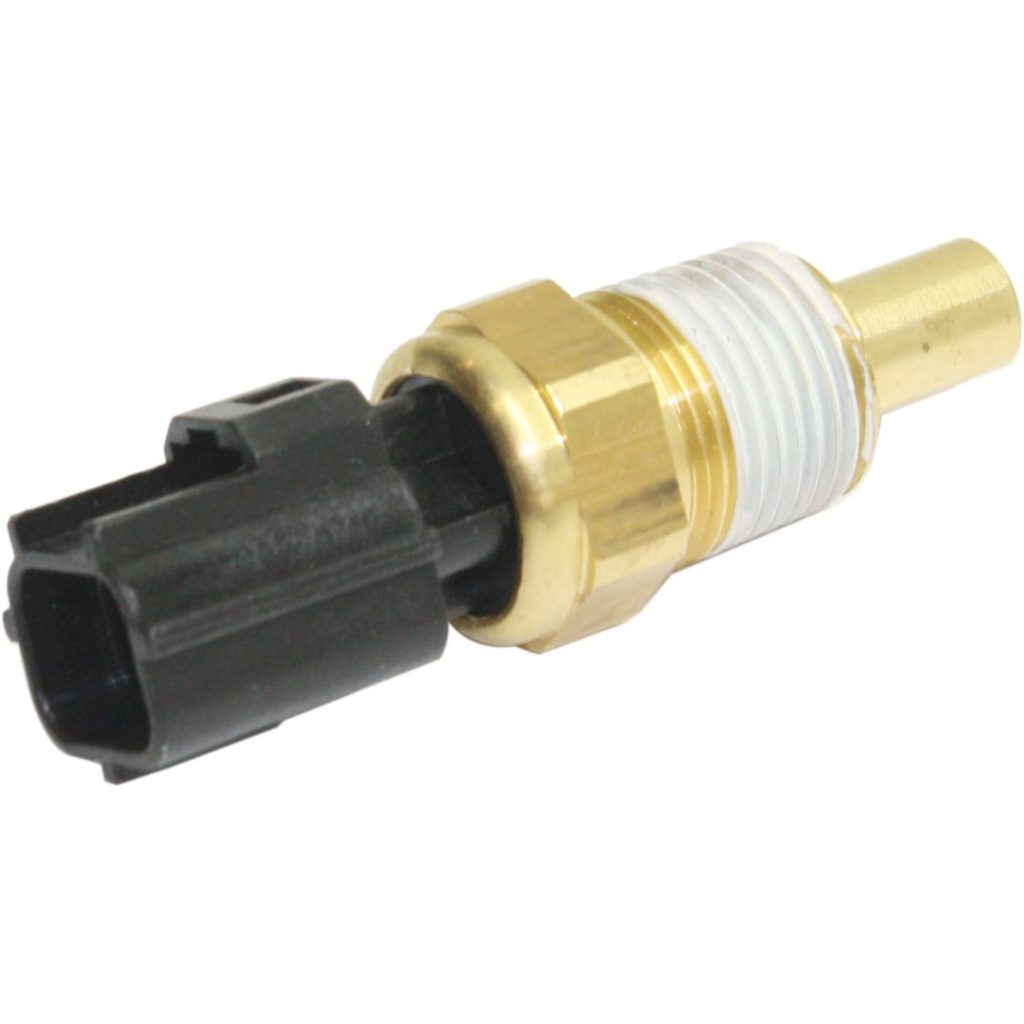
What Does the P0119 Code Mean?
Diagnostic trouble code (DTC) P0119 stands for “Engine Coolant Temperature Sensor 1 Circuit Intermittent/Erratic.” This trouble code sets when the powertrain control module (PCM) perceives that the input signal from the engine coolant temperature (ECT) sensor is intermittent or erratic for a set period of time. If the vehicle has two coolant temperature sensors, the ‘1’ portion of the code points to sensor # 1.

Note: The definition of code P0119 may be different depending on the vehicle manufacturer. Consult the appropriate repair manual or repair database for the exact code definition.
The engine coolant temperature sensor is a two-wire sensor that measures the temperature of the engine coolant. One wire carries the 5V reference signal while the other serves as the ground.
The sensor may be found in the cylinder block, cylinder head, or in the intake manifold coolant passages. The engine coolant temperature sensor’s location may vary depending on the manufacturer, but it’s always placed in an engine coolant passage.
The engine coolant temperature sensor is a negative coefficient sensor. This means that when the sensor’s temperature increases, the resistance decreases. The variation in the sensor’s resistance translates to changes in the circuit voltage. The PCM recognizes these fluctuations as changes in the temperature of the engine coolant.
The PCM uses information from the engine coolant temperature sensor to control idle speed, fuel delivery, and ignition timing. Data from the ECT sensor is also used to regulate cooling fan operation.
The engine coolant temperature sensor is important in maintaining engine drivability. That’s why if the P0119 code sets, it must be addressed immediately to prevent more issues down the line.
Users have reported p0119 for the following makes: Chevrolet (especially on a Chevy Cruze), GMC, Buick, Ford, and Cadillac.
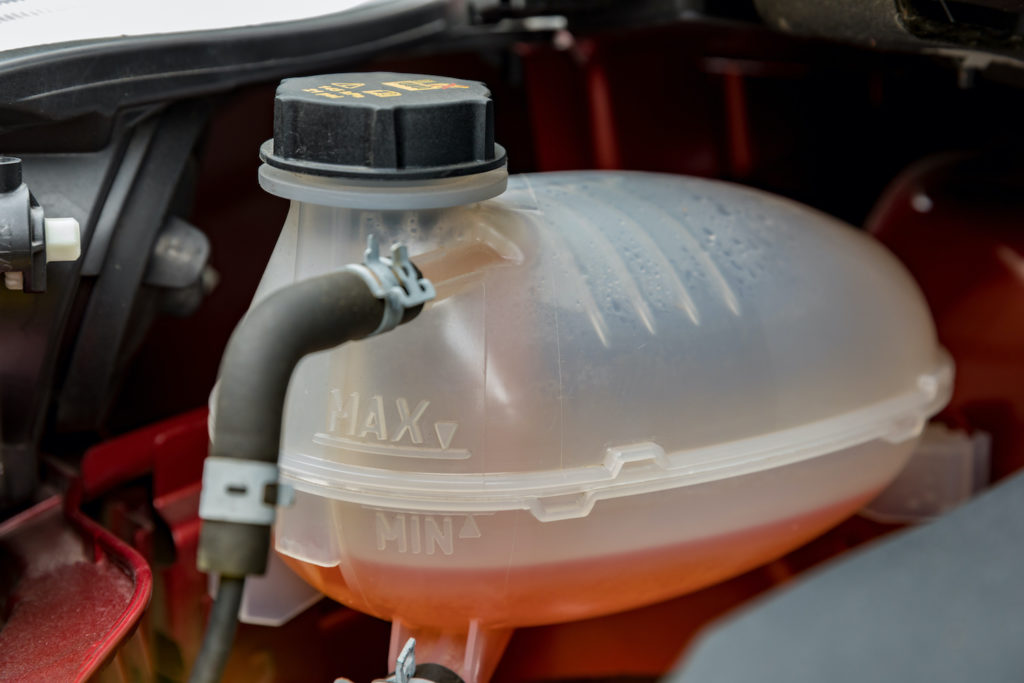
What are the Possible Causes of the P0119 Code?
Like many diagnostic trouble codes, the P0119 code has multiple possible causes. While DTCs indicate the location and nature of the potential problem, they don’t exactly point to a root cause. This is why it’s important to conduct a thorough diagnosis to get to the bottom of the problem. Below are some of the likely reasons why the P0119 code sets:
- Defective engine coolant temperature sensor
- Open or shorted wiring and/or connectors in the ECT sensor circuit
- Faulty thermostat
- Low engine coolant level
- Engine overheating
- Air in the cooling system
What are the Common Symptoms of the P0119 Code?
In some cases, an illuminated malfunction indicator lamp (MIL) may be the only indication that there is a potential issue within the vehicle. However, in many cases, you may notice other symptoms. Listed below are some of the most common signs that you may spot if you’re dealing with the P0119 code:
- Malfunction indicator lamp (MIL) or check engine light on
- Rough engine idle
- Hesitation or stumble on acceleration
- Rich exhaust smell, esp on cold start
- Possible engine overheating
- Electric cooling fan running constantly or not running at all
- In some cases, poor fuel economy is noticeable
- In many cases, no abnormal symptoms may be noticed
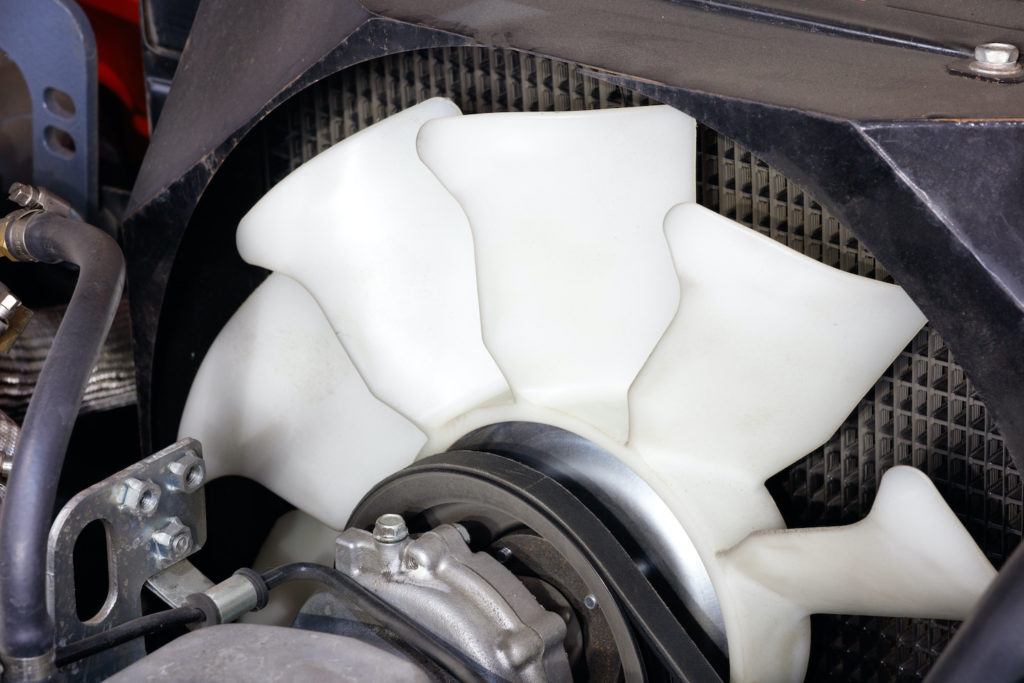
How to Diagnose the P0119 Code
If you want to come up with an effective and long-term solution for trouble codes, such as the P0119, you’ll need to do a thorough diagnosis. Although, as mentioned above, there are quite a few reasons why trouble codes set. This makes diagnosis time-consuming and even challenging for some.
With the right resources, however, you can better understand trouble codes and learn how to address them. Repair manuals and databases are the best sources of information. These materials have detailed repair information, diagrams, and illustrations to help you troubleshoot DTCs.
However, if you don’t have access to repair manuals, there are other materials you can use to help you understand trouble codes. These sources include how-to videos, blog posts, and online training materials, to name a few.
How to Fix the P0119 Code
Aside from the fact that DTCs have several possible causes, there’s another factor that complicates trouble code diagnosis and repair. Vehicles are built differently according to their manufacturer. That means that the terminology, setting conditions, and troubleshooting procedures for a single trouble code will differ depending on the make. The solution to the P0119 on Ford vehicles may not work to address the P0119 on GMC vehicles.
That said, if you’re an experienced DIYer, you may find vehicle-specific repair manuals and databases extremely helpful. However, if you’re not familiar with DTC diagnosis and repair, you can consult a certified professional to do the troubleshooting for you.
Get a Replacement Coolant Temperature Sensor that Fits Your Car
If your mechanic finds that a bad coolant temperature sensor is triggering DTC P0119, then it’s time to buy a replacement. A bad sensor can lead to rough idling and hesitant acceleration, which can be frustrating. If you’re searching for a new sensor, look no further than CarParts.com.
Ordering from CarParts.com takes the guesswork out of getting your parts online. Just input your vehicle’s make, model, and year in our built-in vehicle selector. All the coolant temperature sensors you’ll see are guaranteed to fit your vehicle perfectly. No need to worry about getting the right part. Pick a sensor, proceed through the secure and convenient checkout, and wait. We’ll ship your order straight to your door in as fast as two business days.
Don’t delay. Order your new coolant temperature sensor at CarParts.com today.
Products Mentioned in this Guide
Any information provided on this Website is for informational purposes only and is not intended to replace consultation with a professional mechanic. The accuracy and timeliness of the information may change from the time of publication.


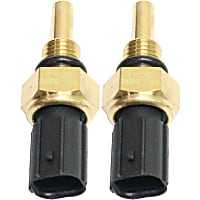 Coolant Temperature Sensor
Coolant Temperature Sensor
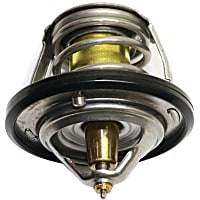 Thermostat
Thermostat
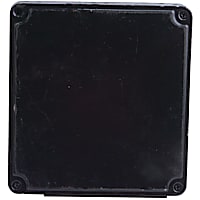 Engine Control Module
Engine Control Module















